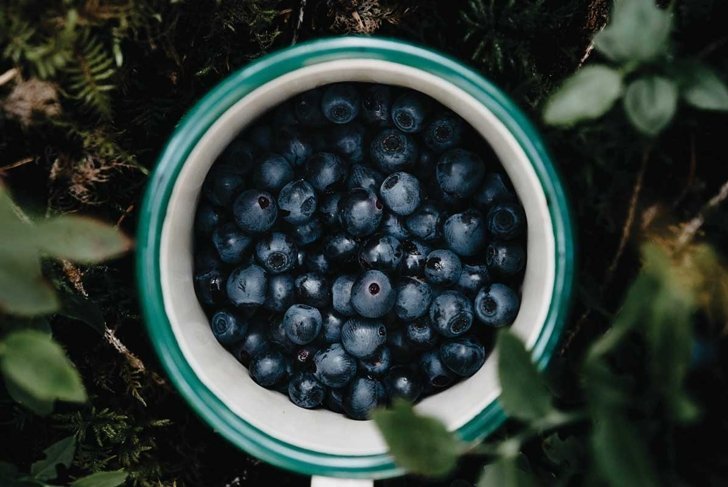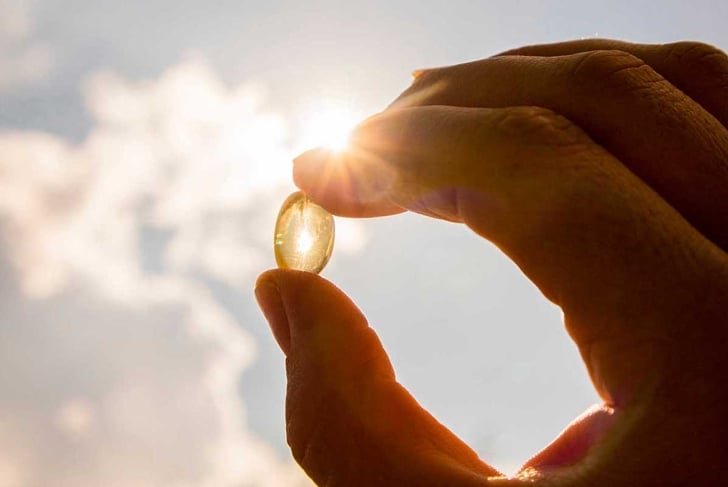We understand that incorporating fruits, vegetables, nuts, seeds, herbs, spices, and even green tea into our diet can positively influence our health. But what do these nutritious foods have in common?
It can’t be fiber since tea lacks it, nor can it solely be due to vitamin content, as herbs typically do not have high vitamin levels.
What connects all these diverse foods is their rich content of a specific kind of antioxidant known as polyphenols.
For instance, green tea contains a unique polyphenol called epigallocatechin gallate (ECGC), which isn’t found in other foods and is believed to have distinct anti-aging benefits for the skin. ECGC is often included in various skincare products.
In contrast, grapes and blueberries are rich in resveratrol, another polyphenol recognized for its anti-aging properties.
The connection between green tea and grapes lies in their shared polyphenol content, which is evident in their nomenclature.
Exploring Polyphenols: The Chemistry Behind Their Name
Polyphenols can be defined by their chemical structure, which is apparent from their names.
Phenols are compounds with a ring-like structure.
Poly signifies the presence of multiple rings.
These varying ring configurations contribute to the bright colors typically associated with polyphenol-rich foods, as well as their powerful antioxidant and anti-inflammatory effects on our bodies.
Recent research suggests that a diet rich in polyphenols may help protect against several ailments, including heart disease and cancer, while also mitigating inflammation and fostering better mental and sexual health.
Polyphenols: A Diverse Family
Due to the broad chemical criteria for classifying polyphenols, many foods qualify, and they can be further categorized into specific polyphenol subfamilies.
Flavonoids
Research indicates that flavonoids are the polyphenol subfamily of the most significant health interest. A large-scale study in Denmark, featuring over 56,000 participants, revealed that individuals with moderate to high flavonoid consumption had a reduced risk of mortality from various causes, including heart disease and cancer, over a span of 23 years.
Additionally, a 2021 meta-analysis published in the journal Antioxidants, reviewing 36 studies with over 2,788 participants, found that flavonoid intake had a notable positive impact in alleviating symptoms of depression.
There is compelling evidence suggesting that prioritizing flavonoid intake can be a beneficial strategy for optimal health.
Flavonoid Subfamilies
To harness the health benefits of flavonoids, you can use their subfamilies as a guideline. Aim to include at least one option from each group daily for a refreshing and advantageous shift in your dietary habits.
Flavonoid subclass Example compounds Dietary sources
flavonols quercetin, kaempferol, myricetin onions, broccoli, tea, saffron, capers, various fruits
flavones luteolin, apigenin, tangeretin parsley, peppermint, oregano, celery, chamomile
flavanones naringenin, hesperetin rosemary, peppermint, citrus: oranges, grapefruit
flavan-3-ols catechin, epicatechin, epigallocatechin cocoa/dark chocolate, apples, grapes, red wine, green tea
anthocyanidins cyanidin, delphinidin, pelargonidin, malvidin colored berries: elderberries, cranberries, blueberries, blackberries, black currants
isoflavones genistein, daidzein, glycitein soy-based foods: tofu, tempeh, miso, soy protein isolate, edamame
Incorporating More Polyphenols Daily
While flavonoids are indeed among the most impactful polyphenols, there are other varieties that offer valuable health benefits.
Polyphenols like lignans, stilbenes, and phenolic acids are linked to numerous health advantages, such as improving insulin sensitivity, enhancing gut health, and reducing inflammation.
Here are four simple ways to include more of these polyphenolic powerhouses in your diet.
Spice Things Up
Herbs and spices like rosemary, thyme, cloves, and ginger are rich in polyphenols. Have you added them to your culinary repertoire yet?
Look for Legumes
Plant-based protein sources, including white beans, black beans, tofu, and tempeh, are packed with polyphenols.
See More Red
Red fruits such as berries, cherries, plums, grapes, and pomegranates rank among the highest in polyphenol content.
Go Nuts (and Seeds)
Eating nuts and seeds regularly provides numerous health benefits, in part due to their polyphenol content, particularly in flaxseeds, almonds, walnuts, and pecans.
Supplementing with Polyphenols: Beyond Food Sources
While the science surrounding polyphenols is intriguing, it’s crucial to bear in mind that the polyphenol content in foods is just one of their many important attributes.
Many foods rich in polyphenols are also high in other beneficial components, such as dietary fiber and various essential nutrients, including magnesium and healthy fats.
While compounds like ECGC from green tea, resveratrol from grapes, and quercetin from diverse fruits and vegetables have gained considerable public attention, they can be readily incorporated into one’s diet.
The "food-first" approach is generally advisable for obtaining dietary polyphenols, although some individuals may find value in polyphenol supplements.
Curcumin, the bioactive ingredient found in turmeric, exemplifies this concept. It is known for its low bioavailability when consumed as a spice, but this increases in supplemental form, often combined with piperine (a compound in black pepper), which significantly enhances curcumin’s absorption.
Research has shown that this combination can be beneficial in various conditions, including metabolic syndrome, arthritis, high cholesterol, and anxiety, while also being recognized as a potent anti-inflammatory agent deserving further exploration in managing oxidative and inflammatory diseases.





